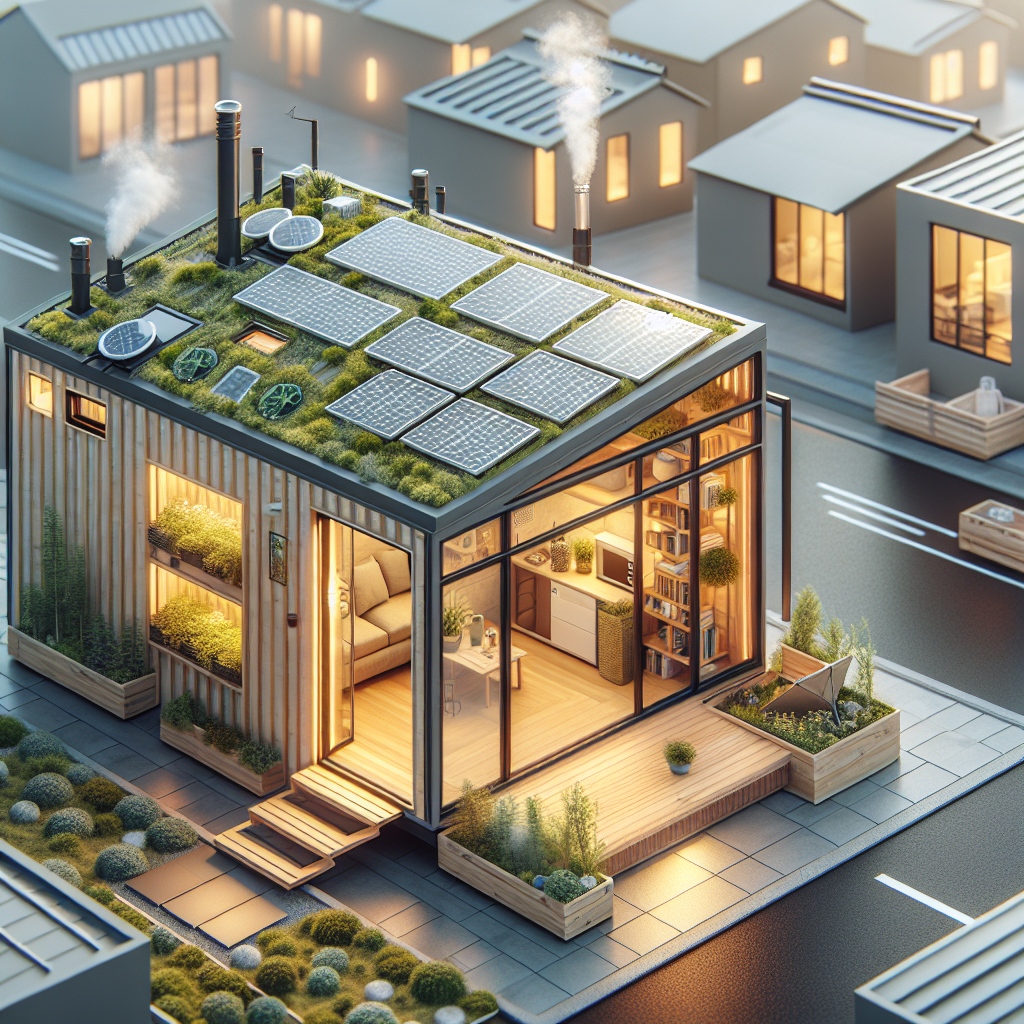The Future of Sustainable Living: Uncovering the Unknown Trends in Tiny Home Design
- matthewpeterjames
- Sep 13, 2024
- 2 min read
In recent years, the notion of sustainable living has gained considerable traction, especially within the realm of tiny home design. These small, yet innovative dwellings are capturing the interest and imagination of individuals seeking a more environmentally conscious lifestyle. Let's delve into the realm of sustainable tiny home trends and discover the innovative approaches shaping the future of eco-friendly living.
The Rise of Tiny Homes
Tiny homes have emerged as a solution to combat the challenges posed by traditional housing structures. From reducing environmental impact to promoting minimalistic living, these compact dwellings are revolutionizing the way we think about sustainable living. With a focus on functionality and efficiency, tiny homes offer a unique blend of comfort and sustainability.

Integrating Smart Technology
One of the prominent trends in sustainable tiny home design is the integration of smart technology. From energy-efficient appliances to automated systems for lighting and temperature control, these technological advancements are enhancing the sustainability quotient of tiny homes. By leveraging smart technology, homeowners can optimize resource utilization and reduce their environmental footprint.
Sustainable Materials and Construction Techniques
Another key trend in the realm of sustainable tiny homes is the use of eco-friendly materials and construction techniques. Designers and builders are increasingly turning to recycled materials, renewable resources, and energy-efficient solutions to create environmentally conscious dwellings. These sustainable practices not only minimize waste but also contribute to the overall sustainability of the structure.
Embracing Off-Grid Living
Off-grid living has gained popularity among tiny home enthusiasts seeking complete self-sufficiency. By harnessing renewable energy sources such as solar power and rainwater harvesting, off-grid tiny homes minimize their reliance on traditional utilities. This trend reflects a growing commitment to sustainability and independence, offering homeowners a unique opportunity to live off the grid in harmony with nature.
The Evolution of Multi-Functional Spaces
Innovative space-saving solutions are a hallmark of sustainable tiny home design. The evolution of multi-functional spaces, such as convertible furniture and modular layouts, allows homeowners to maximize the utility of their living areas. By optimizing space usage and promoting versatility, these design trends enable residents to live comfortably within the confines of a tiny home without compromising on functionality.
Conclusion
The future of sustainable living lies in the realm of tiny home design, where innovation, creativity, and eco-consciousness converge to redefine traditional notions of housing. As we uncover the unknown trends shaping the landscape of sustainable tiny homes, it becomes evident that a more sustainable and environmentally friendly future is within reach. By embracing these trends and incorporating them into our daily lives, we can pave the way for a greener, more sustainable tomorrow.
Let's embark on this journey towards a more sustainable future, one tiny home at a time.
Unveiling the nuances of sustainable living through the lens of tiny home design, this blog post explores the innovative trends reshaping the landscape of eco-friendly housing. Embracing sustainable technologies, materials, and lifestyles, the tiny home movement is propelling us towards a greener future.



Comments